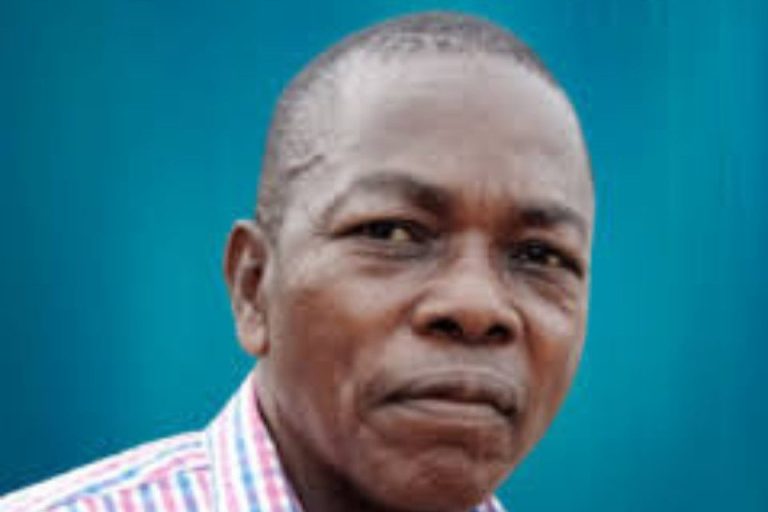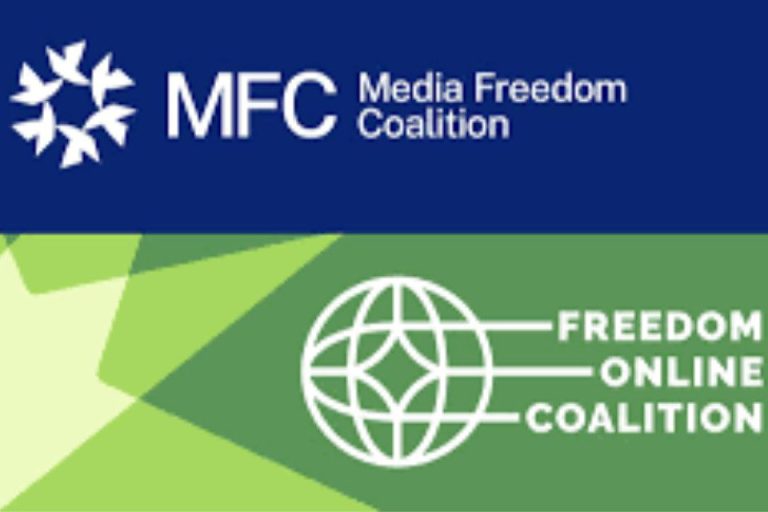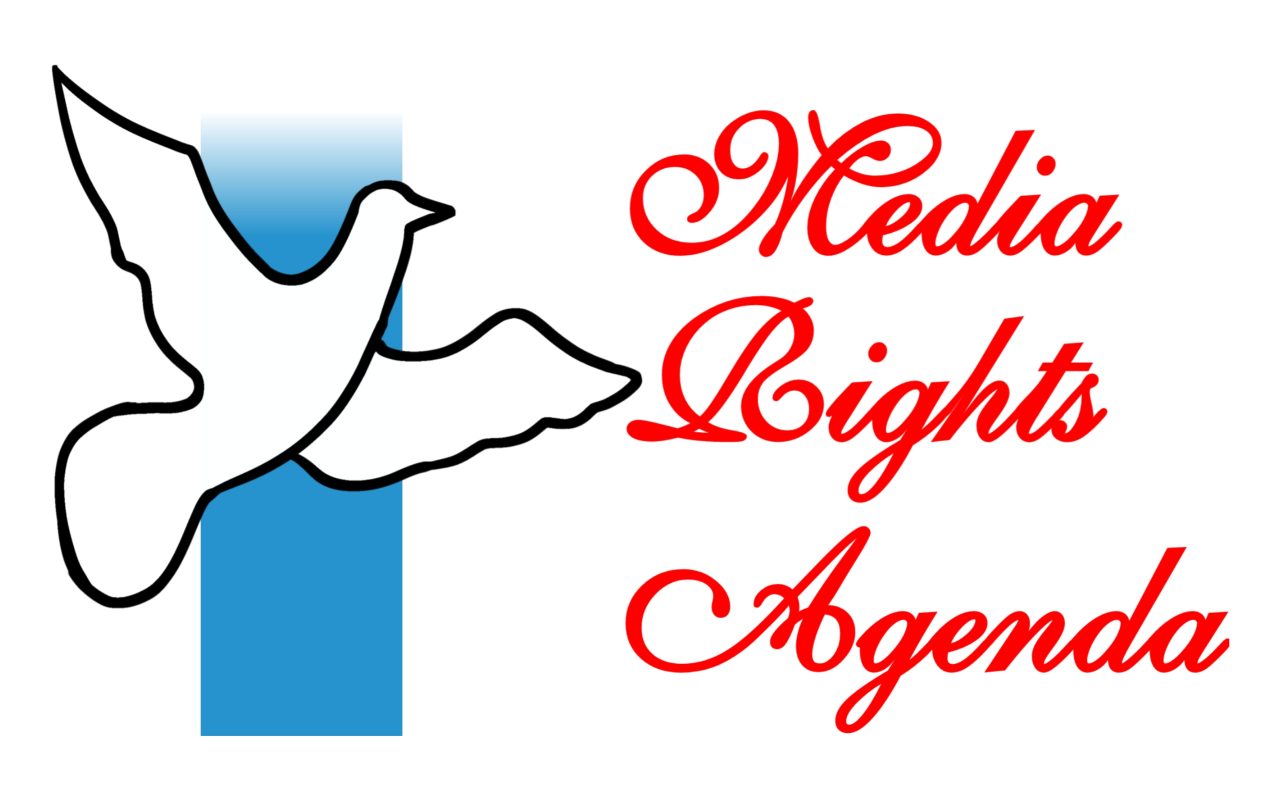
The protection and welfare of women journalists came to the front burner with the celebrated expose released by the UN Special Rapporteur on violence against women, Dubravka Šimonović.
DubravkaŠimonović, in her yearly report to the Human Rights Council on violence against women published on July 8 2020, highlighted the causes and consequences of the harsh conditions under which women journalists operate.
The report, under the theme “Combating violence against women journalists”, raised and dissected issues such as the exacerbation of gender-based violence against women journalists through digital technologies, the specific types of threats and sexual violence faced by female media workers, intersectional discrimination, harassment in the workplace, as well as the stereotyped roles and sexualized images into which women journalists are often expected to fit.
The Special Rapporteur also recalls that, according to UNESCO’s observatory of killed journalists, 70 female journalists have been killed in the last decade.
The report draws attention to the global study on effective measures in countering online violence against women journalists launched by UNESCO in 2019, to be published in the first quarter of 2021.
In her mapping of the application of international frameworks on the protection of women journalists, Special Rapporteur Šimonović makes reference to the UN Plan of Action on the Safety of Journalists and the Issue of Impunity, developed in 2012 at UNESCO’s initiative.
She recommends that the implementation of the UN Plan be furthered through a UN system-wide coordinated approach to combatting and preventing violence against women journalists, involving the Special Rapporteurs on violence against women and on freedom of expression, and the Platform of United Nations and regional independent expert mechanisms on ending discrimination and violence against women.
Special Rapporteur Šimonović notes that while the rights of women journalists to work in an enabling and safe environment are protected by several international standards as well as women’s rights instruments, they seldom work in synergy, and their application remains lacking.
She further recommends the development of training programmes for police, prosecutors and judges who are responsible for fulfilling State obligations concerning the protection of the rights of women journalists and other media actors.
Finally, she called on States to include a gender perspective in all initiatives aimed at creating and maintaining a safe and favourable environment for free and independent journalism.
The report highlights the relevance of UNESCO’s activities on the safety of women journalists, which concentrate on three main axles: research, capacity-building and awareness-raising. Research efforts focus on determining the scope and gravity of violence against women journalists globally, while also looking at specific country-contexts.
The research will result in evidence-based recommendations directed at different stakeholders on how to address the threats faced by women journalists, in particular online harassment.
UNESCO has also trained hundreds of women journalists and media managers worldwide on the gender dimensions of safety, including through a project currently being carried out in Senegal, Mali, India and Sri Lanka with the financial support of the Swedish Postcode Foundation.





